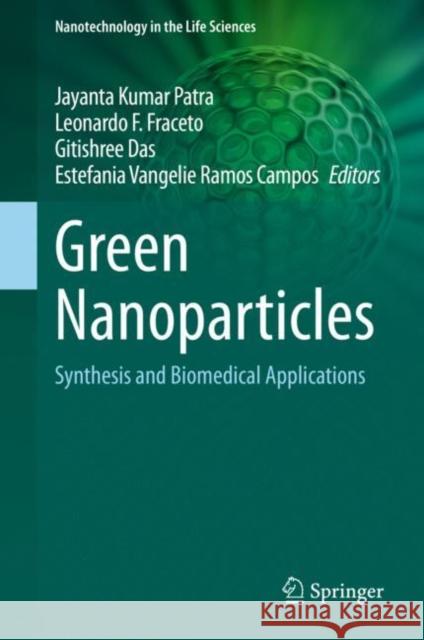Green Nanoparticles: Synthesis and Biomedical Applications » książka
topmenu
Green Nanoparticles: Synthesis and Biomedical Applications
ISBN-13: 9783030392451 / Angielski / Twarda / 2020 / 394 str.
Green Nanoparticles: Synthesis and Biomedical Applications
ISBN-13: 9783030392451 / Angielski / Twarda / 2020 / 394 str.
cena 1127,15
(netto: 1073,48 VAT: 5%)
Najniższa cena z 30 dni: 1079,53
(netto: 1073,48 VAT: 5%)
Najniższa cena z 30 dni: 1079,53
Termin realizacji zamówienia:
ok. 22 dni roboczych
Dostawa w 2026 r.
ok. 22 dni roboczych
Dostawa w 2026 r.
Darmowa dostawa!
Kategorie:
Kategorie BISAC:
Wydawca:
Springer
Seria wydawnicza:
Język:
Angielski
ISBN-13:
9783030392451
Rok wydania:
2020
Wydanie:
2020
Numer serii:
000835759
Ilość stron:
394
Waga:
0.74 kg
Wymiary:
23.39 x 15.6 x 2.39
Oprawa:
Twarda
Wolumenów:
01
Dodatkowe informacje:
Wydanie ilustrowane











